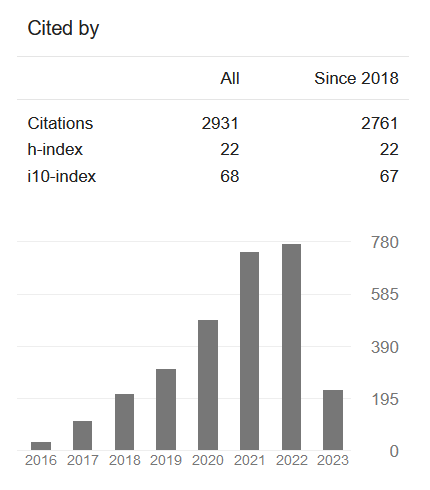Load Balancing in Cloud Nodes( Vol-2,Issue-5,May 2016 ) |
|
Author(s): Samarsinh Prakash Jadhav |
|
Keywords: |
|
|
Cloud Computing, Load Balancing, IaaS, Load Balancing Algorithms, PaaS, SaaS |
|
Abstract: |
|
|
Cloud computing is that ensuing generation of computation. In all probability folks can have everything they need on the cloud. Cloud computing provides resources to shopper on demand. The resources also are code package resources or hardware resources. Cloud computing architectures unit distributed, parallel and serves the requirements of multiple purchasers in various things. This distributed style deploys resources distributive to deliver services with efficiency to users in various geographical channels. Purchasers in a very distributed setting generate request haphazardly in any processor. So the most important disadvantage of this randomness is expounded to task assignment. The unequal task assignment to the processor creates imbalance i.e., variety of the processors sq. measure over laden and many of them unit of measurement to a lower place loaded. The target of load equalisation is to transfer the load from over laden technique to a lower place loaded technique transparently. Load equalisation is one altogether the central issues in cloud computing. To comprehend high performance, minimum interval and high resource utilization relation we want to transfer the tasks between nodes in cloud network. Load equalisation technique is utilized to distribute tasks from over loaded nodes to a lower place loaded or idle nodes. In following sections we have a tendency to tend to stand live discuss concerning cloud computing, load equalisation techniques and additionally the planned work of our load equalisation system. Proposed load equalisation rule is simulated on Cloud Analyst toolkit. Performance is analyzed on the parameters of overall interval, knowledge transfer, average knowledge center mating time and total value of usage. Results area unit compared with 3 existing load equalisation algorithms specifically spherical Robin, Equally unfold Current Execution Load, and Throttled. Results on the premise of case studies performed shows additional knowledge transfer with minimum interval. |
|
Cite This Article: |
|
| Show All (MLA | APA | Chicago | Harvard | IEEE | Bibtex) | |
Share: |
|

 DOI:
DOI: 



























